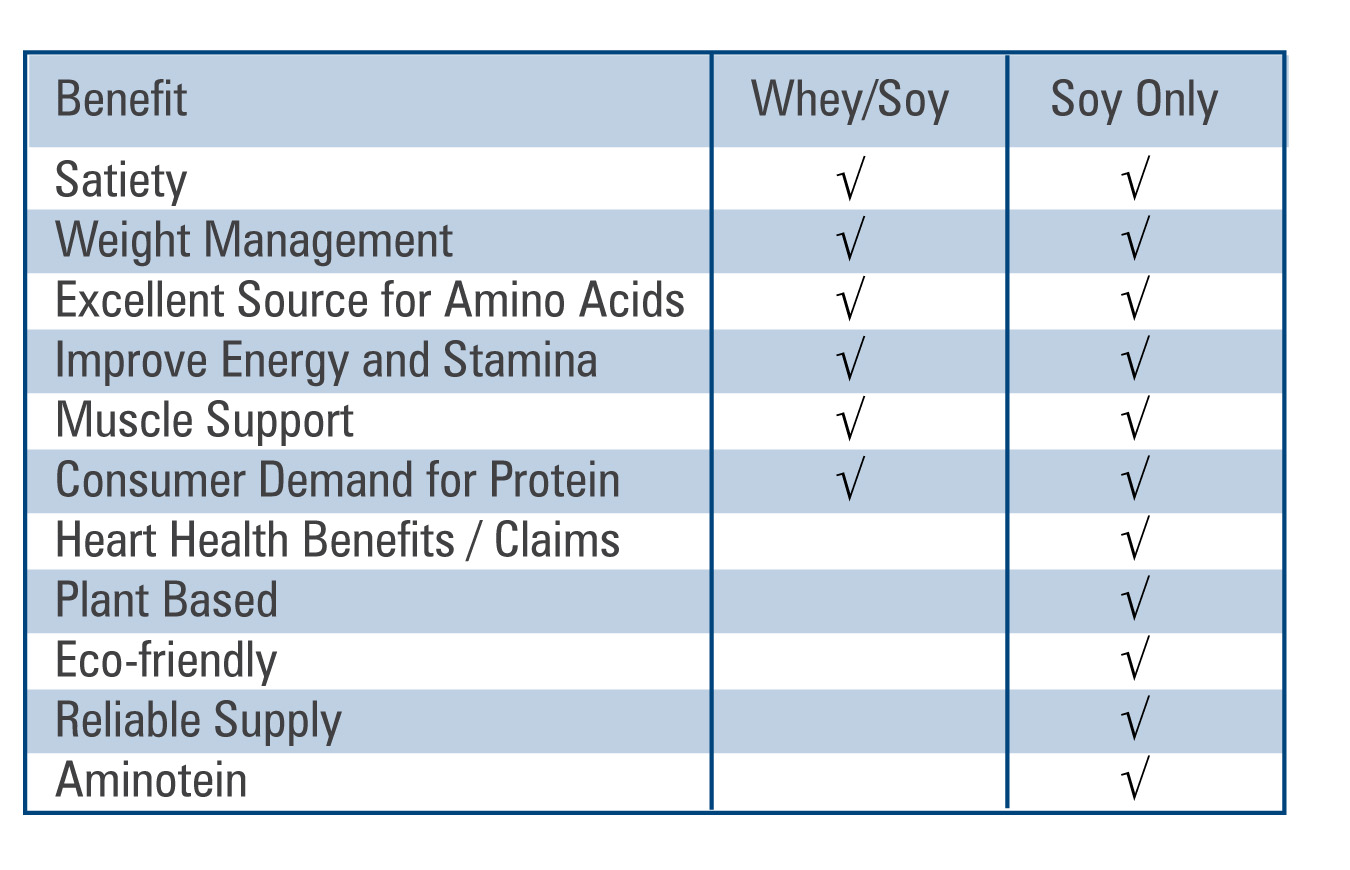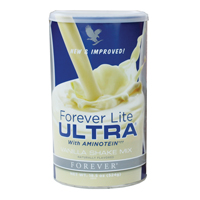At a glance... 
Description & Purpose
There is no disputing the fact that antioxidants are vital to our health and wellbeing. There is, however, much discussion today among nutritionists as to which fruit is the most powerful antioxidant, or which contains the most xanthones or has the highest ORAC (Oxygen Radical Absorbance Capacity) value rating. Forever Pomesteen Power has them all with a proprietary blend of fruit juices and extracts, including pomegranate, pear, mangosteen, raspberry, blackberry, blueberry and grapeseed. ORAC value is an indicator of how well an antioxidant inhibits free radical damage.
The ORAC value of fruits varies greatly, even when testing the same fruit at different times after harvesting. What is important to know is that all of the ingredients of Forever Pomesteen Power are near the top of the list in ORAC value, especially pomegranate and mangosteen fruit. Pomegranate juice has more polyphenol antioxidants than red wine, green tea, cranberry juice and orange juice. In addition, it is a good source of vitamins A, C, E and the mineral, iron. Mangosteen is a popular fruit in Asia.
Its exquisite taste prompted Queen Victoria to declare it her favourite fruit, henceforth it has been referred to as the ‘Queen of Fruits!’ Its ORAC value is very high, and it is rich in beneficial xanthones. Xanthones are a family of naturally occurring nutritional compounds in fruits that are super-powerful antioxidants. Experience the incredible power of antioxidants from pomegranate, mangosteen, and other exotic fruits with Forever Pomesteen Power!
Ingredients
Pomegranate fruit juice, pear fruit juice, mangosteen (garcinia mangostana L) fruit juice, raspberry fruit juice, blackberry fruit juice, blueberry fruit juice and grapeseed extract, potassium sorbate and sodium benzoate (to help protect the flavour).
Contents
473ml
Directions
Shake well before using. Take 30ml (1 fl oz) daily or as desired, preferably before meals. For best results, refrigerate and consume within 30 days of opening.
10 ways to use Forever Pomesteen Power

- Super antioxidant.
- Unique blend of fruit juices
- Contains potent antioxidant which helps protect the skin
- Exotic flavour that everyone enjoys
Description & Purpose
There is no disputing the fact that antioxidants are vital to our health and wellbeing. There is, however, much discussion today among nutritionists as to which fruit is the most powerful antioxidant, or which contains the most xanthones or has the highest ORAC (Oxygen Radical Absorbance Capacity) value rating. Forever Pomesteen Power has them all with a proprietary blend of fruit juices and extracts, including pomegranate, pear, mangosteen, raspberry, blackberry, blueberry and grapeseed. ORAC value is an indicator of how well an antioxidant inhibits free radical damage.
The ORAC value of fruits varies greatly, even when testing the same fruit at different times after harvesting. What is important to know is that all of the ingredients of Forever Pomesteen Power are near the top of the list in ORAC value, especially pomegranate and mangosteen fruit. Pomegranate juice has more polyphenol antioxidants than red wine, green tea, cranberry juice and orange juice. In addition, it is a good source of vitamins A, C, E and the mineral, iron. Mangosteen is a popular fruit in Asia.
Its exquisite taste prompted Queen Victoria to declare it her favourite fruit, henceforth it has been referred to as the ‘Queen of Fruits!’ Its ORAC value is very high, and it is rich in beneficial xanthones. Xanthones are a family of naturally occurring nutritional compounds in fruits that are super-powerful antioxidants. Experience the incredible power of antioxidants from pomegranate, mangosteen, and other exotic fruits with Forever Pomesteen Power!
Ingredients
Pomegranate fruit juice, pear fruit juice, mangosteen (garcinia mangostana L) fruit juice, raspberry fruit juice, blackberry fruit juice, blueberry fruit juice and grapeseed extract, potassium sorbate and sodium benzoate (to help protect the flavour).
Contents
473ml
Directions
Shake well before using. Take 30ml (1 fl oz) daily or as desired, preferably before meals. For best results, refrigerate and consume within 30 days of opening.
10 ways to use Forever Pomesteen Power
- Drink neat - tastes like a very powerful fruit cordial
- Dilute with water - makes a tasty squash for kids
- Add to your daily Aloe Vera Gel - gives it a lovely fruity flavour for those who can’t drink it neat
- Add to champagne - to make a healthy Kir Royale
- Add to plain yoghurt - makes a delicious fruity dessert for children and adults
- Try it with custard!
- In a trifle - to add fruity zest and health
- After exercise as a super antioxidant
- Freeze and make into ice cubes
- Make ice lollies for little and big kids













































